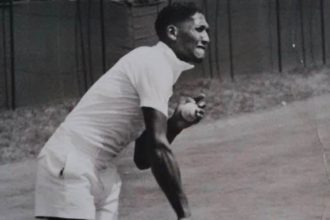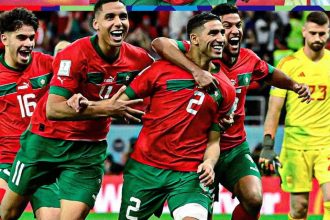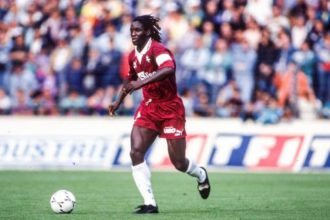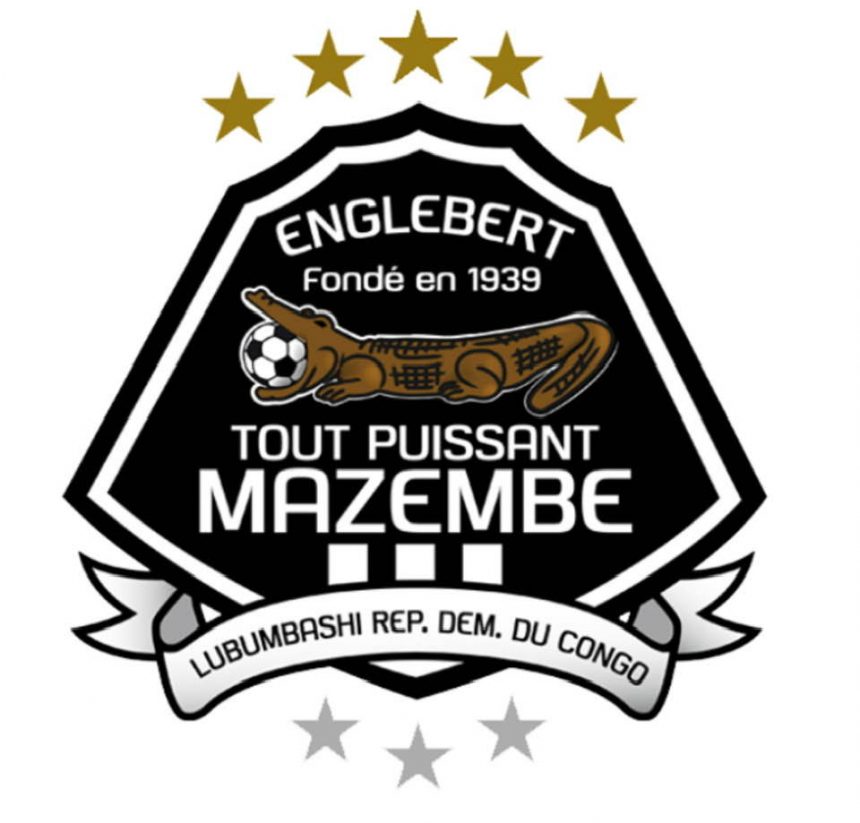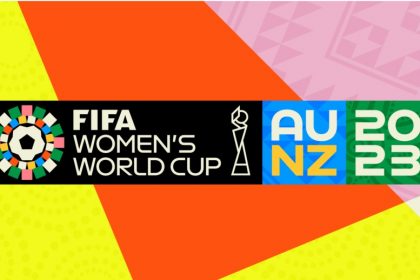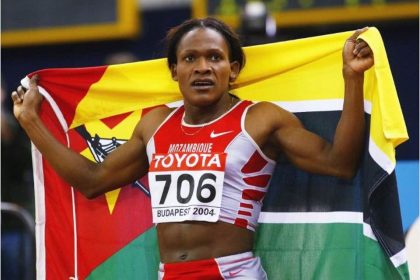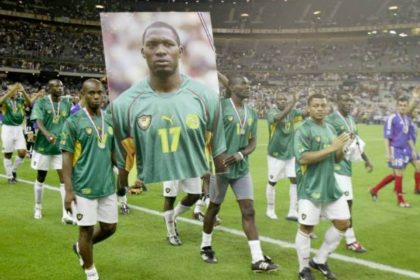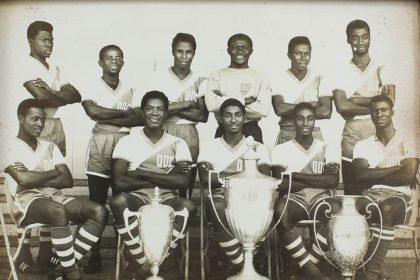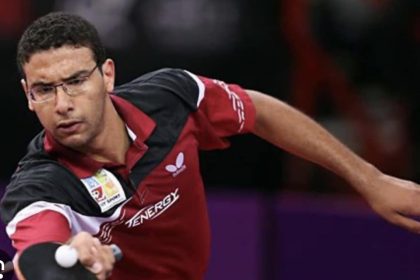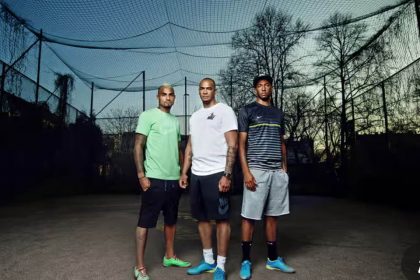If there is an African club side that have stood the test of time, it is certainly TP Mazembe FC of Congo. Along with Mamelodi Sundowns, Orlando Pirates both of South Africa and their local rival AS Vita, the TP Mazembe of Congo DR (formerly known as Zaire) are the only Southern Hemisphere club to have won the African Champions League but TP Mazembe is the most successful club team from this zone. The TP Mazembe is the 10th richest club in Africa valued in excess of $10 million and by far the most successful club of sub-Sahara Africa. Clearly, one of the most organised sporting institutions in the continent, complete with its own private jet, a multimillion dollar stadium, structured men and women team and well financially oiled boys and girls football nurseries.
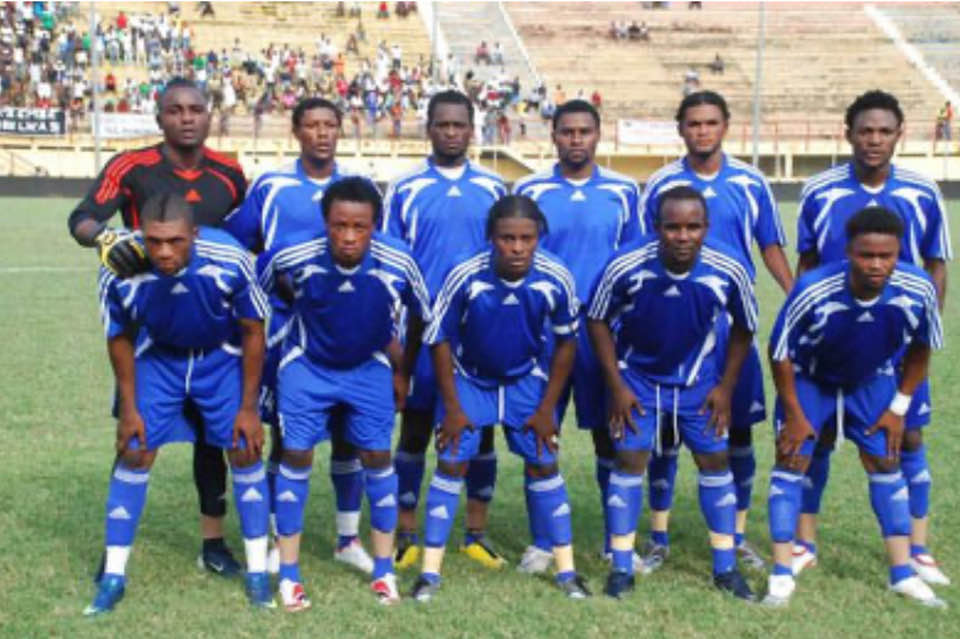
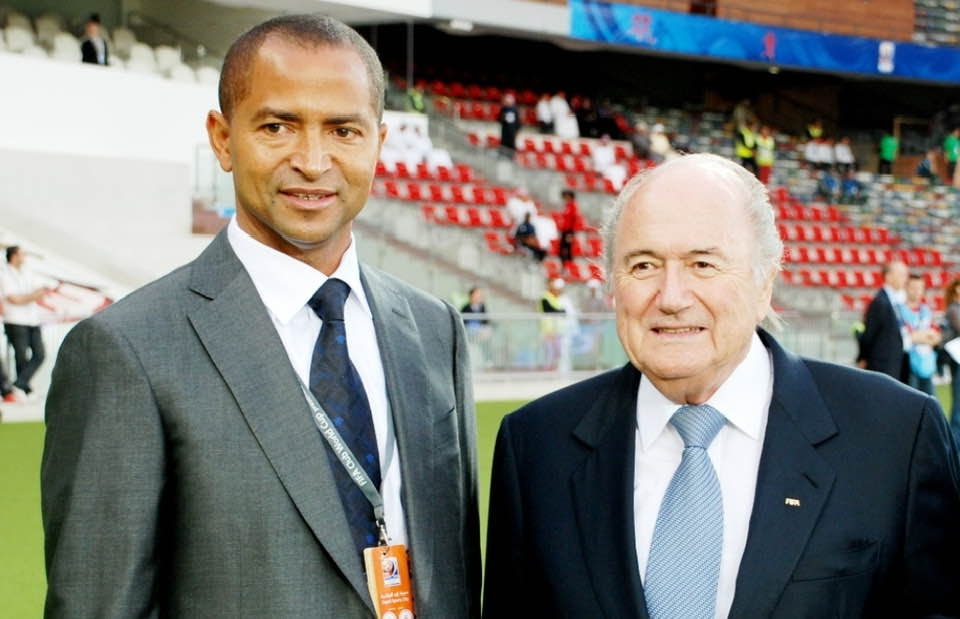
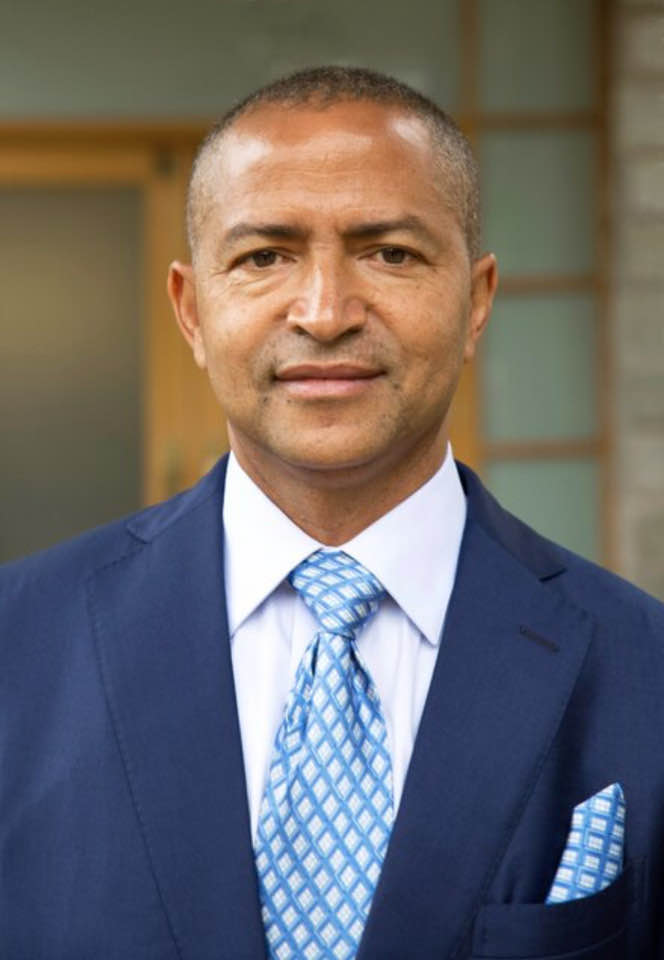
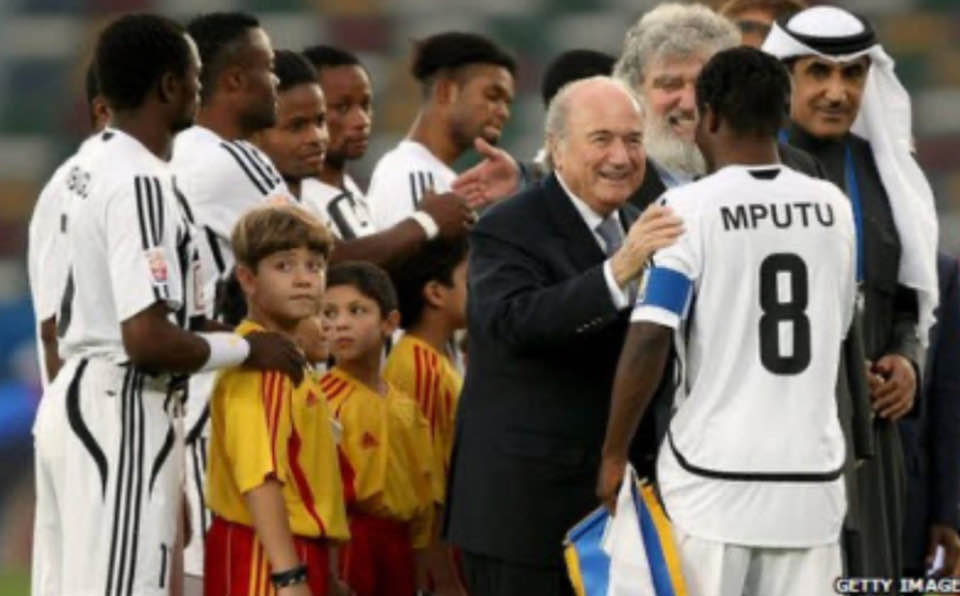
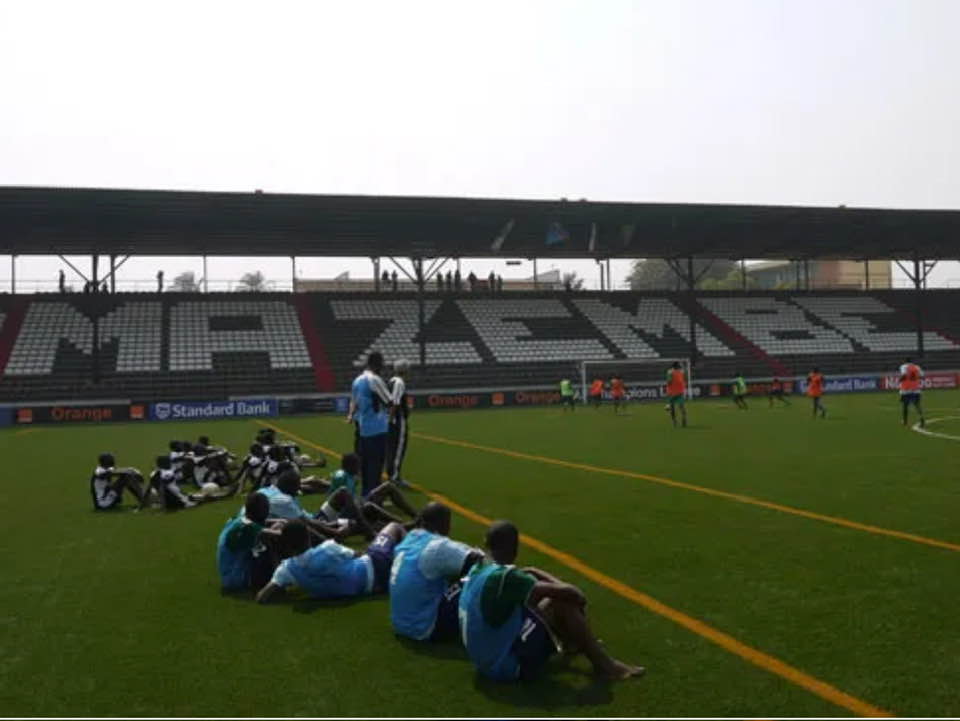
It’s the club that produced the generation of footballers that triggered the golden era of the Congolese’ football of the late 1960s and the peak of 1974, the likes of the mercurial Martin Kamunda Tshinabu and the legendary goalkeeper, Kazadi Mwamba who was named the Player of the Tournament when Congo won the 1968 African Cup of Nations and followed this up with another victory in the 1974 African Cup of Nations where he was named in the Team of the Tournament.
8 of the 22-man squad members of the Zaire team to the 1974 World Cup were from this TP Mazembe generation.
The mining city called Élisabethville, the second-largest city in the Democratic Republic of the Congo, located in the country’s southeastern most part, along the border with Zambia was later renamed Lubumbashi. Here, the Benedictine missionaries who run the saint-Boniface institute decided to set up a football team in 1939. This was to engage their students who devoted most of their leisure to scouting. This team its purveyors named FC saint-Georges in honour of the legendary figure St Georges who is regarded as the Patron of Boys scouts globally and they immediately affiliated it directly to the first division of the Royal Federation of Indigenous Sports Associations (FRASI). The success of this newly established club was immediate, they finished third on the table behind the Léopold and Prince-Charles clubs that 1939 season. In 1944, the young scouts became road men and FC St George’s was renamed St Paul FC. After the controversial incorporation of some foreign elements into the institute, the Benedictine missionaries abandoned the management of the team that would later take the new name FC Englebert. Englebert was a tire brand which became the new sponsor of the club.
After the independence of Congo on 30th of June 1960, Englebert restructured itself and in 1966, they realized the treble (national Championship, Coupe du Congo and Katanga Cup) undefeated to trigger the golden age of Congolese’ football in the African continent. To immortalise this extraordinary feat of invincibility, the club’s hierarchy then decided to add the qualifier “TP”, that is “Tout Puissant” (meaning Almighty) to the name.
In 1967 and 1968, they won the African Cup of Champions, the first club in the continent to achieve such a back to back title. The team would be finalist four consecutive times from 1967 to 1970. In the 1967 final of this CAF champions cup, they drew the first leg 1 – 1 in Kumasi Ghana and were forced to a 2 – 2 draw in the second leg in Kinshasa by Asante Kotoko, at the expiration of extra time in the second leg, the referee decided that lots would be drawn to attribute the trophy on the next day, but the CAF secretary-general later arrived, with Cup regulations requiring that a third match be played. The decider was set for December 27, in Yaoundé, Cameroon, but Asante Kotoko failed to appear (apparently not having been informed of the match arrangements by the Ghanaian FA); as a result, TP Englebert were declared champions.
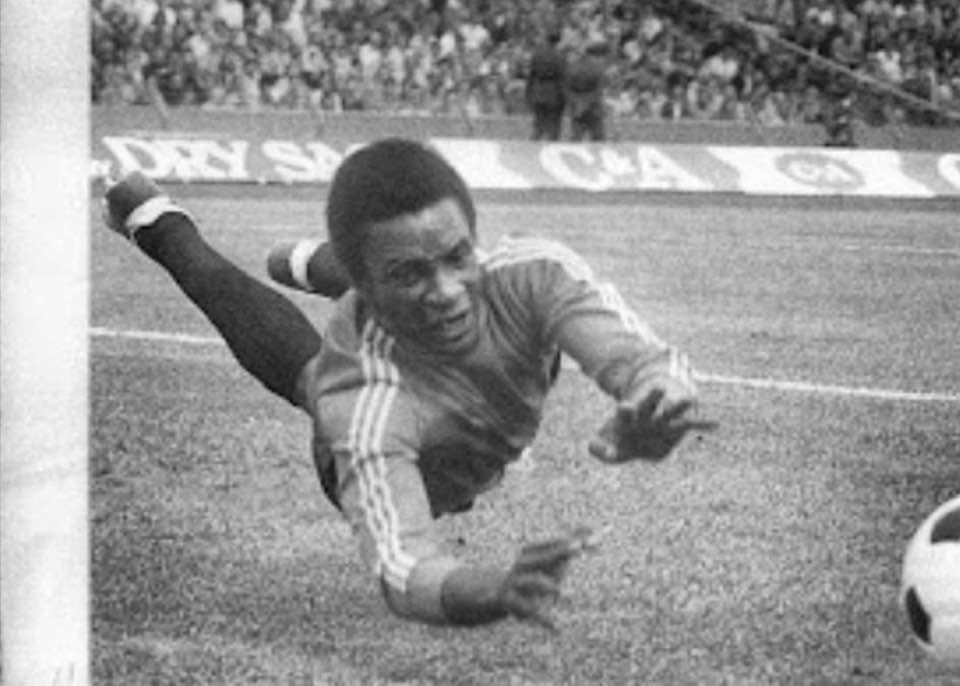
The 1970 final was an epic one because it was a stage set for bitter confrontation between the these two continental foes (Asante Kotoko of Kumasi and TP Englebert of Lubumbashi).
After the controversial 1967 encounter between the 2 football giants.
TP englebert drew the first leg 1 – 1 in the dreaded den of Asante in Kumasi again but this time, the Ghanaian side was in a hot mood for revenge, the Ghanaian football legend Cecil Jones Attuquayefio-inspired Asante Kotoko stunned the Congolese side in the second leg 1 – 2 in Kinshasa.
TP Mazembe later experienced an 18-year hiatus from the continent after their 1980 African winners’ cup title and in 1997 the Congolese multimillionaire aristocrat, Moïse Katumbi Chapwe who was born on 28 December 1964 at the beginning of the golden age of this traditional club, took over the reign as the president the club.
This former Governor of Katanga Province, located in the southern part of the Democratic Republic of the Congo invested huge amounts of money to revive the fortunes of the club. Under his tenure, the team recruited international players from all over Africa, and retained top local players by paying the highest wages for players in Africa. In 2011 for instance, the highest earner in the club Trésor Mputu, reportedly was being paid $10,000 per week, the highest salary among footballers in Africa. Mputu captained the side that won the CAF champions league back to back in 2009 and 2010. Mazembe’s annual revenue is around U$D15 million a year but the club is largely sustained by Katumbi who invested $35 million in building the team a stadium which was completed in 2011. He also equipped the club with an MD 83 140-seat aircraft and a Dornier to take the Club to African cities for its away matches.
In Africa where most clubs are in huge financial difficulties and struggle to pay salaries, owning a jet clearly remains a white Elephant project for the majority of the teams.
Chattered flights are common when clubs have international fixtures. But for TP Mazembe, the situation is different. The club has the bragging rights of owning 2 private jets. Katumbi also began a football academy in 2012 as a social program to engage and train young Congolese people in the province of Katanga. In 2015, 2,000 young men were enrolled in the academy and all these yielded immediate results.
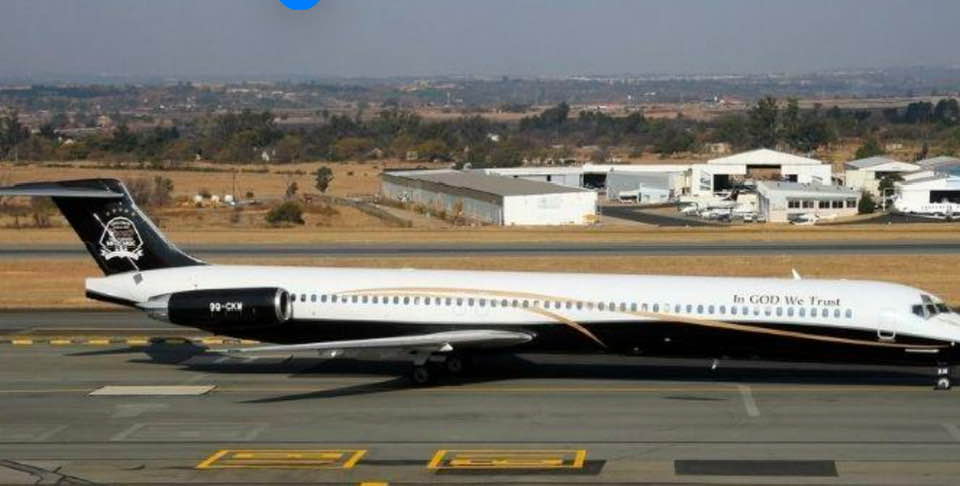
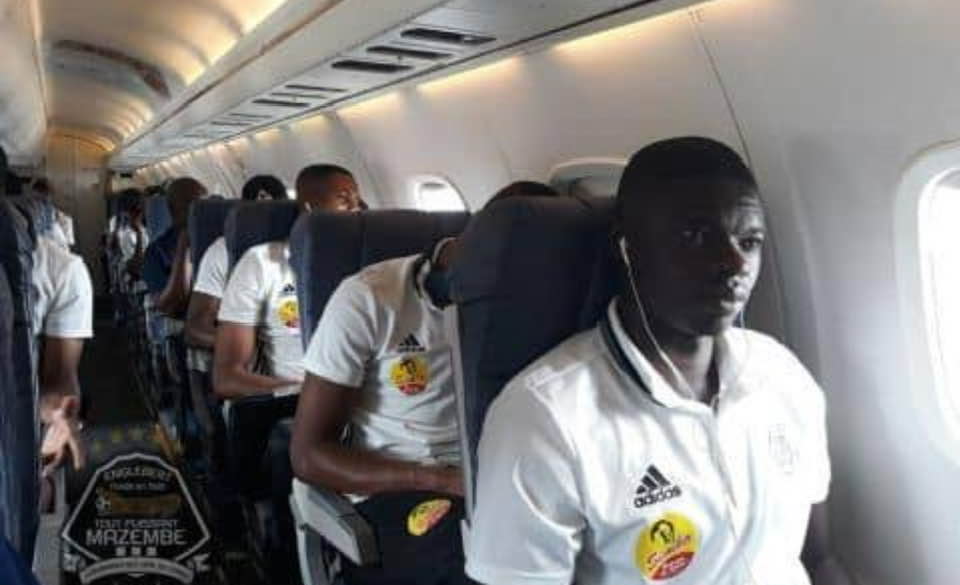
Now, a new page of history has been written at the Ravens (as the club is fondly called). Its 4th continental crown was won in the CAF Champions League on November 7, 2009 at the Kenyan sports stadium against the Nigerians of Heartland FC. After losing 2-1 to Owerri in the first leg, the return leg ended 1-0 in favor of the Ravens in Lubumbashi, a continental title that opened the doors to the FIFA Club World Cup in Abu Dhabi. As African representative, they finished 6th in this competition won by the Catalan giants, FC Barcelona. Mazembe thus became the first sub-Saharan club to participate in this global competition. In a direct replication of the historical landmark of 1967 and 1968, the Ravens successfully retained the CAF Champions League trophy in the 2010 season, making it its 4th African champions cup trophy and its 5th continental title in total. Coach Lamine N’Diaye, an ambitious Franco-Senegalese tactician placed at the head of the technical staff moulded this highly competitive side. TP Mazembe dominated Africa and returned to Abu Dhabi at the FIFA Club World Cup with four golden stars on its vareuse.
For its second consecutive participation in the world club summit, the Katanga club dazed the football planet. In the quarter-finals, they defeated the Mexicans club, Pachuca FC 1-0 and the hugely motivated Lamine N’Diaye went further to respond to the unwavering faith of President Katumbi by accomplishing the impossible in the semi-final. TP Mazembe overcame the stubborn Brazilians of the Internacional de Porto Alegre with two goals from Patou Kabangu and Alain Kaluyituka Dioko to reach the final of the FIFA World Clubs Cup for the first time in the history of African football. They eventually succumbed to the Samuel Eto’o-inspired Inter Milan in the final. But on the evening of December 18 2010 in Abu Dhabi, it was the Congolese team that raised the amazement and admiration of the watching globe. TP Mazembe secured their fifth CAF Champions League’s title after defeating USM Alger of Algeria 4–1 aggregate in the 2015 final and in 2016 and 2017 they accomplished another back-to-back title in the CAF confederations cup to put the tally of of their continental trophies in men’s clubs’ competitions to 8 in total.
The present women’s team of TP Mazembe that was formed in 2020 have 13 foreign players out of 26 in its ranks (that is, 50% of the players are from other African countries outside Congo DR). This TP Mazembe ladies won the CAF Women’s Champions League in 2024 to register the “Almighty” presence of the club in both men’s and women’s categories in the continent. A highly tactical side thoroughly drilled by the Moroccan tactician, Lamia Boumehdi who was the former coach of the Morocco women’s national under-20 football team achieved a hard fought 1-0 victory in the final played in El Jadida’s Stade Ben Ahmed El Abdi against former champions and hosts, AS FAR of Morocco. The DR Congo side were crowned the new champions of Africa for the first time – wiping away tears of their 2022 group stage exit. This made them to become the third club to win the African Women’s Champions League, after two-time champions Mamelodi Sundowns of South Africa and AS FAR of Morocco.
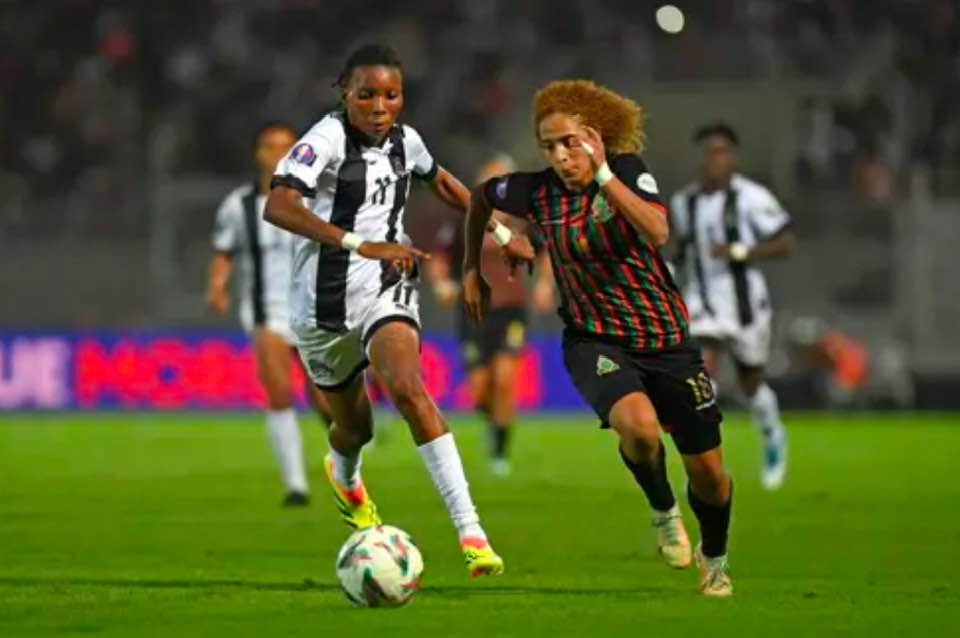
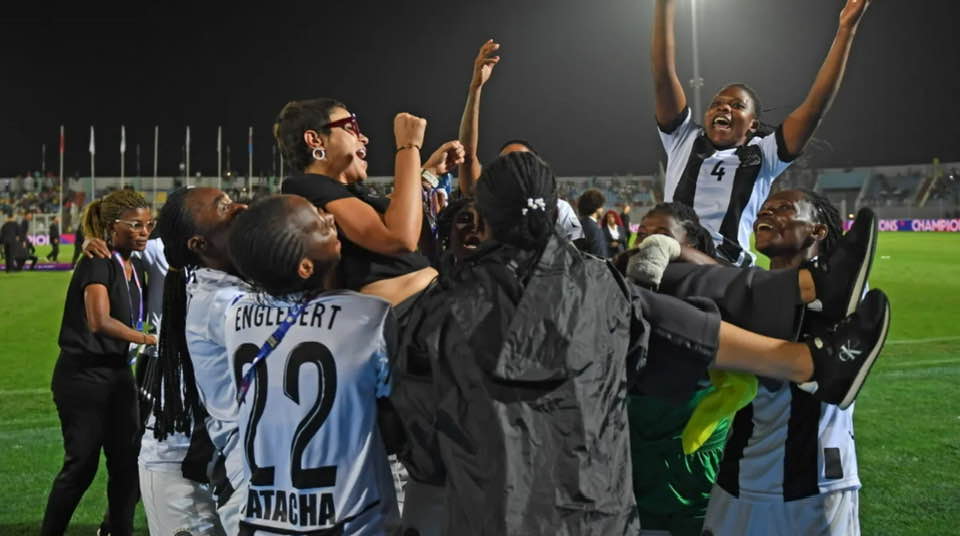
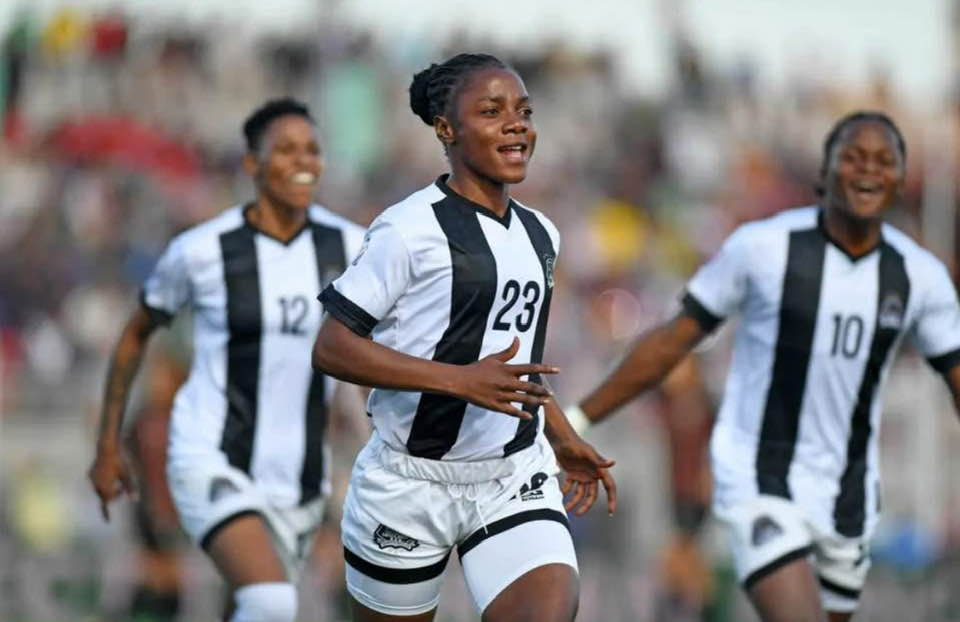
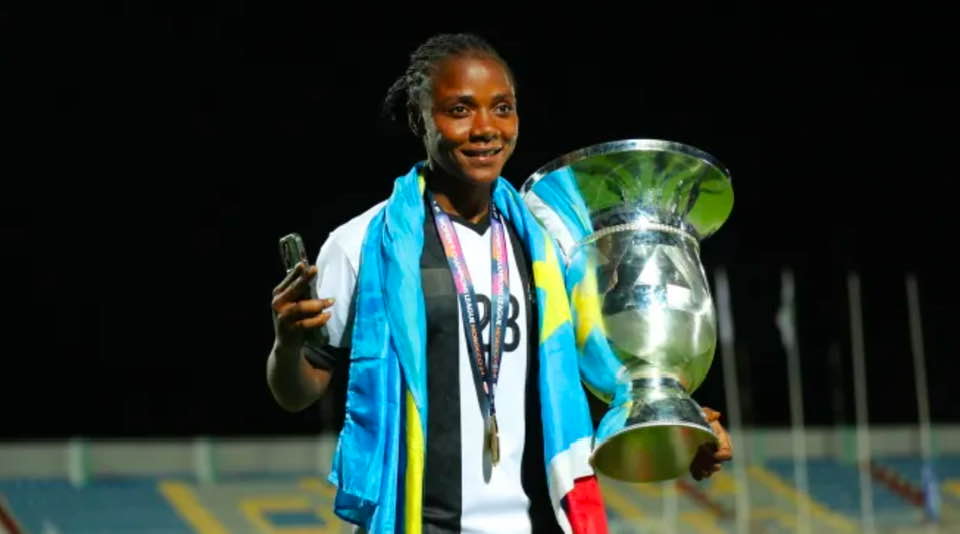
TP Mazembe has never ceased to be in the spotlight in African football since the golden age of the club in the 1960s up till this modern era. Indeed the French word “Tout Puissant” (loosely translated as “Almighty force” in English) added as a qualifier to the name of this ancient club by its forefathers is clearly a profound, eye-catching befitting message that stands as a double entendre, matching both the glory of the club and its reign in the continent of Africa across all ages.
References:
- “TP Mazembe Surprises the World, Not Itself”. Goal. By Bell and Jack, 17 December 2010
- “Win or bust for former champions Etoile”. AFP. By Legge and David, 17 September 2009
- Stat Attack: TP Mazembe, Cafonline, 08 January 2025
- TP Mazembe upset AS FAR 1-0 to win the African Women’s Champions League for the first time. By Rob Stevens for BBC Sport Africa, 23 November 2024
- Top 10 wealthiest sports franchises in Africa, by Georgia Wilson for Business Chief Magazine, May 19, 2020
- Richest Football Club in Africa 2025, by A.l Zack January 12, 2025
- AWCONTP Mazembe reign as Queens of African women’s club football, by Kunle Solaja. November 23, 2024
- “African Cup of Nations – How it all began”. BBC Sport. 14 December 2001.
- “The Only African Football Club With 2 Private Jets” By Brian Mutuiri, January 2025
- “For TP Mazembe, the richest club in Africa, the future looks bright”. By Steve Menary for World Soccer. 16 February 2013
Please note that we don’t have copyright ownership of the pictures.
Follow the link below to subscribe to Moor Sportz’ YouTube channel https://youtube.com/@moorsportz?si=5zAjAj7Jqs2XCU8B
You can also find us on the twitter
Visit our website at www.moorsportz.co.uk for easy navigation through all our social media pages
Edited by Dr Titi Oriola Alake


